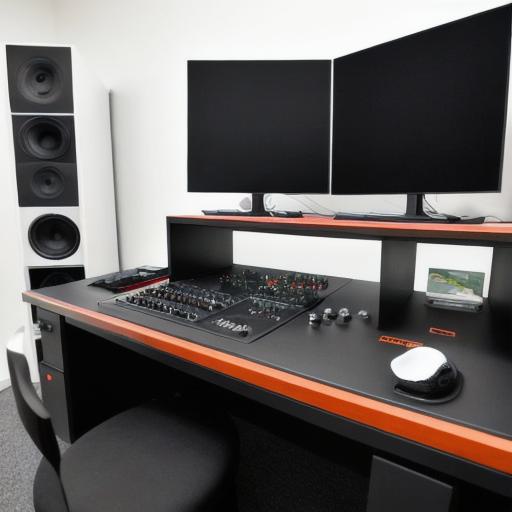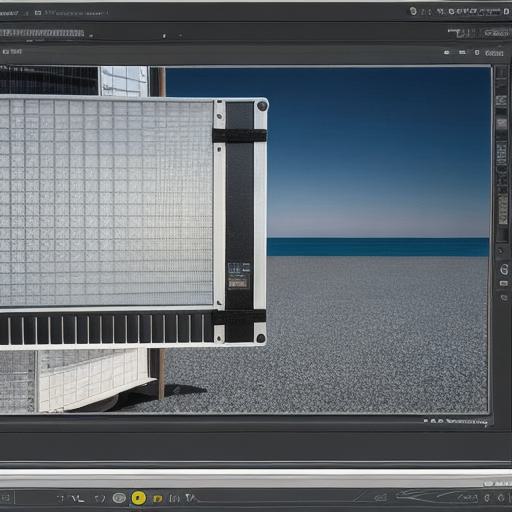Intro
Hello web developers! Today, we’re diving into the fascinating world of real-time rendering and how to harness the power of Pico-4, a high-performance GPU, for your Unity projects. Let’s explore this topic together, starting with a brief introduction.

**What is Pico-4?
**
Pico-4 is a powerful graphics processing unit (GPU) developed by Raspberry Pi specifically designed for machine learning and computer vision applications. However, its impressive capabilities extend beyond these use cases into the realm of real-time rendering for games and other interactive 3D experiences.
*Using Pico-4 with Unity*
To get started with using Pico-4 in Unity development, you’ll need to follow these steps:
1. **Install Raspberry Pi OS**: First, install the latest version of Raspberry Pi OS on your device. This will provide you with the necessary software environment for working with Pico-4 and Unity.
2. **Set up the Development Environment**: Install the necessary tools such as the Unity Editor, Visual Studio Code, and Git to manage your project. Make sure to configure them properly for Raspberry Pi and Pico-4.
3. **Create a New Project in Unity**: Start by creating a new 3D project within the Unity Editor. Ensure that you select the appropriate rendering pipeline (Universal or High-Definition) based on your project’s requirements.

4. **Import Assets**: Import any required assets, such as 3D models, textures, and animations, into your Unity project.
5. **Configure Your Project for Pico-4***: To take full advantage of Pico-4’s capabilities, you’ll need to make a few modifications to your Unity project:*
* Configure your graphics settings for OpenGL ES 3.0, which is the API used by Pico-4.
* Adjust your texture and shader settings to ensure they are optimized for real-time rendering on the Pico-4.
6. **Build Your Project**: Once you’ve made the necessary adjustments, build your project for Raspberry Pi. This will generate a package that can be installed directly onto your device.
7. **Test and Refine**: Finally, test your project on the Raspberry Pi with Pico-4 to ensure it runs smoothly and efficiently. Make any necessary adjustments as needed to optimize performance and achieve the desired results.
*Summary*
By following these steps, you’ll be able to harness the power of Pico-4 for your Unity development projects, enabling real-time rendering capabilities on a powerful and accessible platform. With its impressive specifications and ever-growing community, Raspberry Pi offers an exciting opportunity for web developers to explore the world of game development and 3D interactive experiences.
